It all depends on the mineralogical class
Based on their chemical composition, minerals are grouped into eight classes which, proceeding from the simplest to the most complex, take the respective names of elements , sulphides , halides , oxides , carbonates , sulfates , phosphates and silicates .
Each mineral, therefore, according to its chemical nature and its properties, requires, in addition to specific storage methods, a particular cleaning treatment.
The use of chemical reagents is generally not recommended, with the sole exception of those contained in some household cleaning products.
Elements
This class includes, for example, copper and silver;
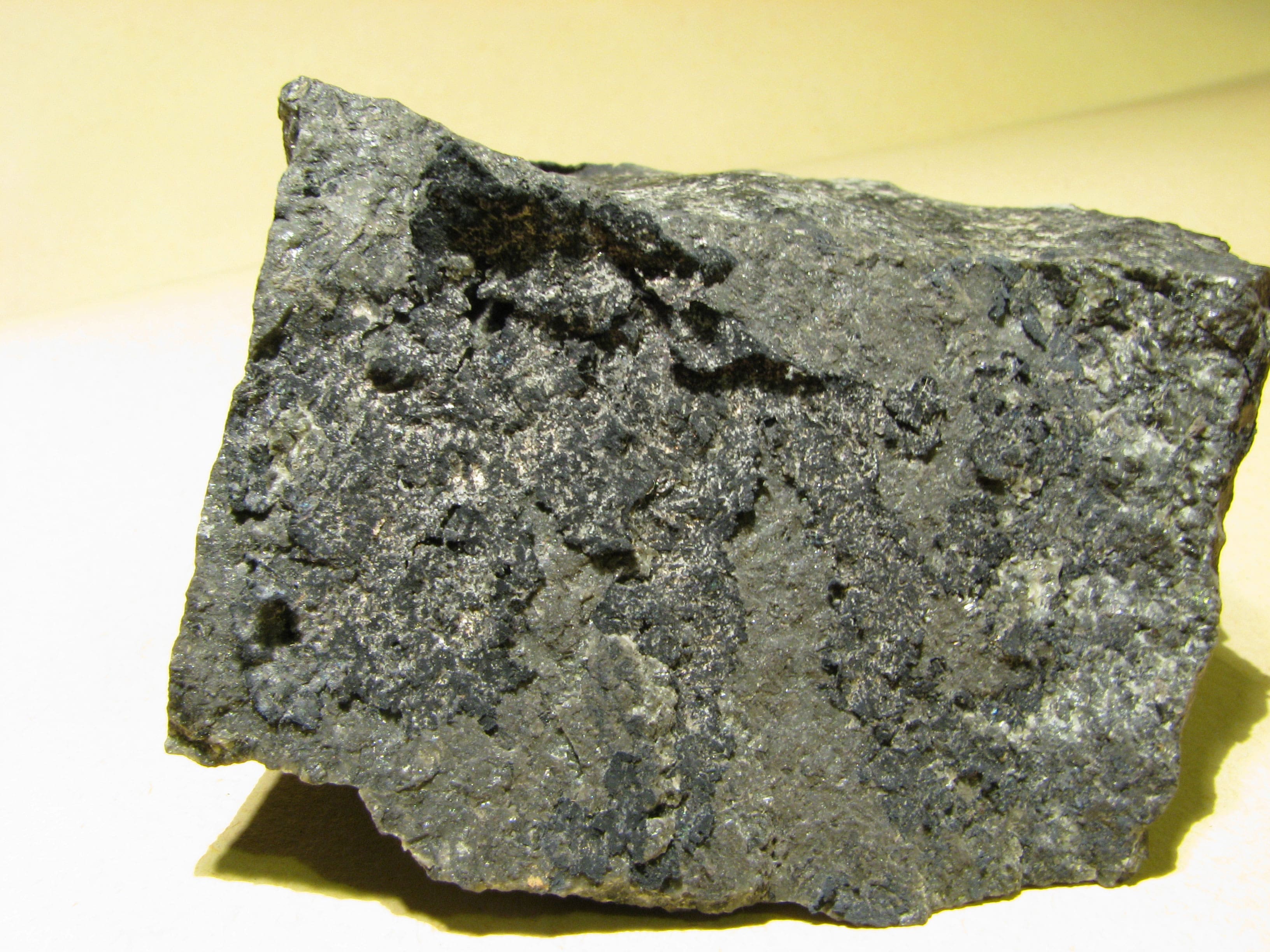 Silver
Silver
It is preferable that both are never washed with water:
the first, in fact, would be covered with verdigris, the second would become dark;
on the contrary it's better to use alcohol.
The products on the market for cleaning these metals, on the other hand, can only be used on the smooth surfaces of the sample.
Sulphides
Typical cases of this class are those of the pyrite and of the marcasite which, if stored in wet, produce sulfuric acid , harmful to paper, wood and contiguous minerals .
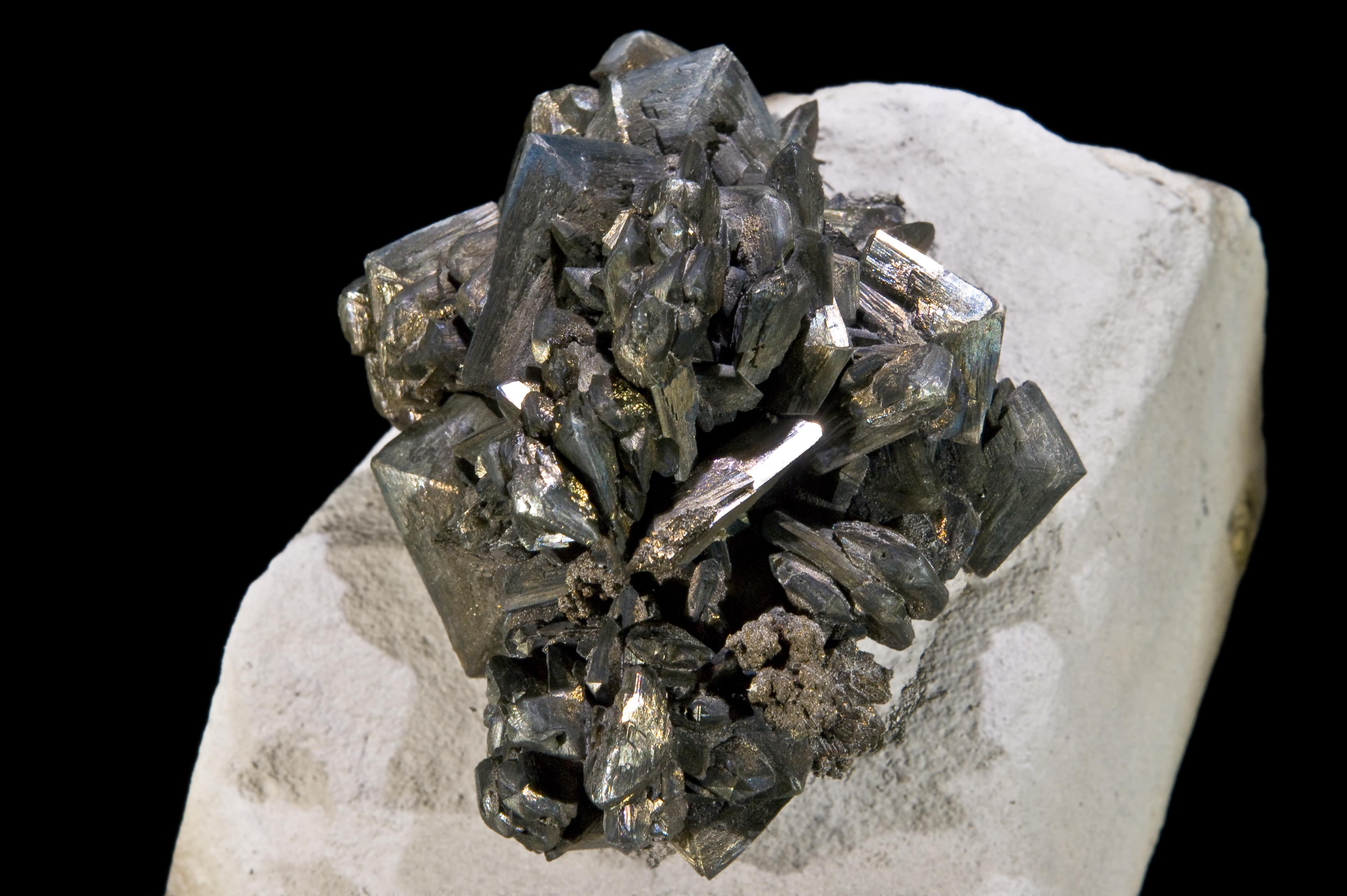 Marcasite
Marcasite
As for cleaning, for example, the sphalerite can produce white zinc sulphate patinas, which must be eliminated by rubbing the surface with alcohol.
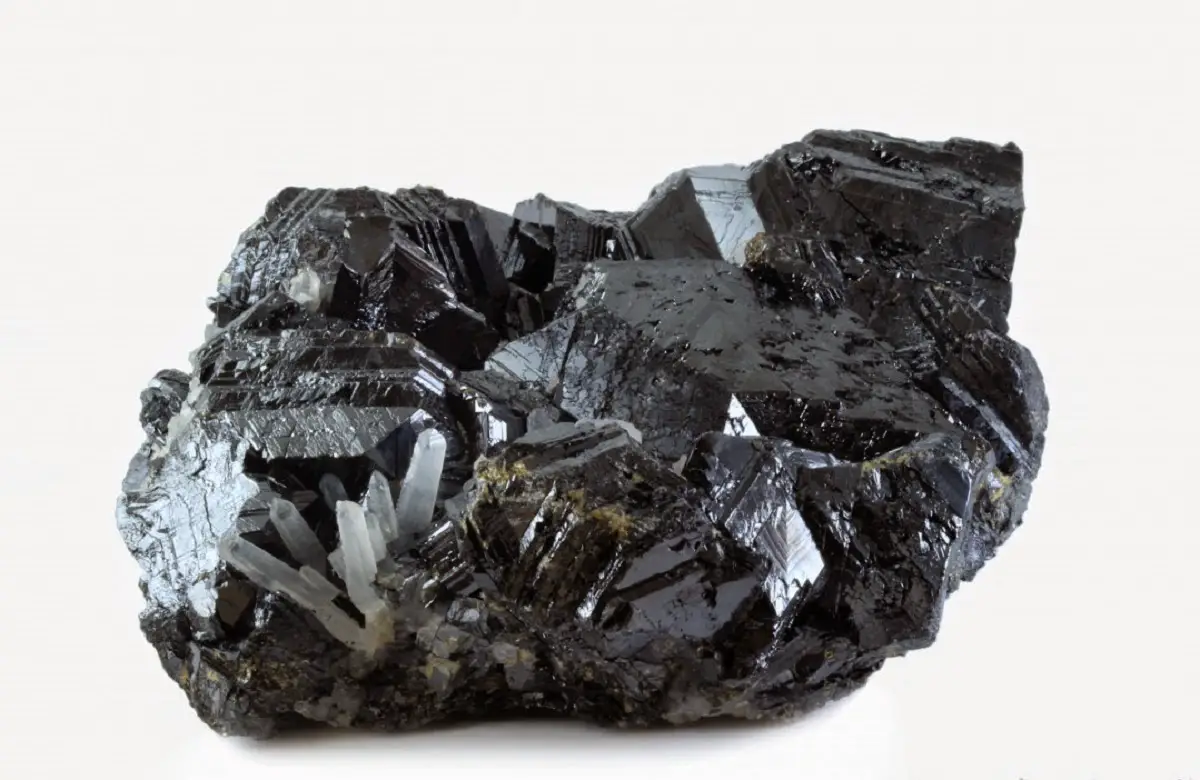 Sphalerite
Sphalerite
Halides
Some, such as rock salt , are soluble in water;
others, such as the fluorite , on the other hand, do not present cleaning problems, because they are even resistant to many reagents.
 Fluorite
Fluorite
Due to their easy flaking, the ultrasonic bath should not be used with minerals belonging to this class.
Oxides
Iron minerals, such as magnetite , fear humidity because it causes surface hydration and the consequent formation of rust , a substance difficult to remove without the appropriate reagents.
Other oxides, such as corundum , quartz , crisoberillo , do not require particular precautions ;
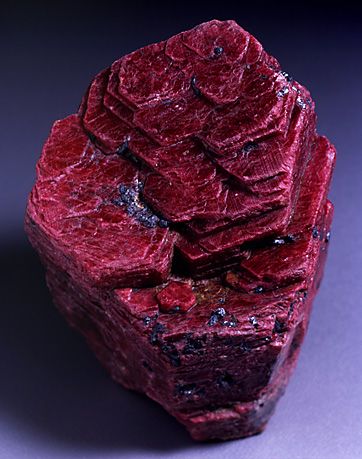 Corundum
Corundum
for their cleaning the ultrasonic bowl can also be used.
Carbonates
Among them the most common are the calcite , the dolomite and the rhodochrosite , which usually do not have cleaning problems because they are soluble only in strong acids such as hydrochloric.
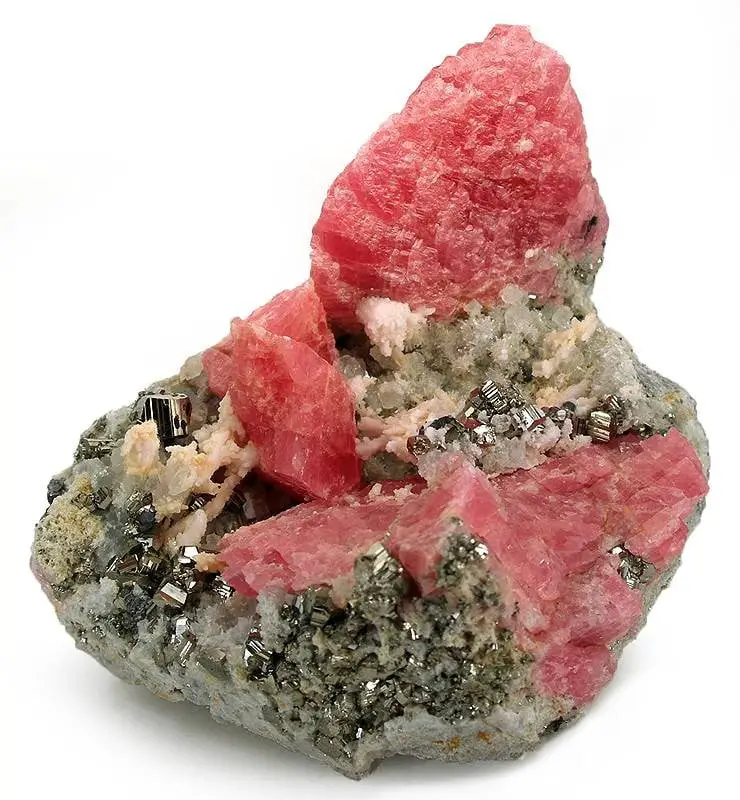 rhodochrosite (Rob Lavinsky)
rhodochrosite (Rob Lavinsky)
Calcium carbonates calcite and aragonite , however, fear the use of complexing agents of the type used for remove limescale in washing machines.
Sulphates
The anhydrous ones, such as barite and celestine , resist well to the most common cleaning treatments even if , due to their easy flaking, the use of the ultrasonic bath is not recommended.
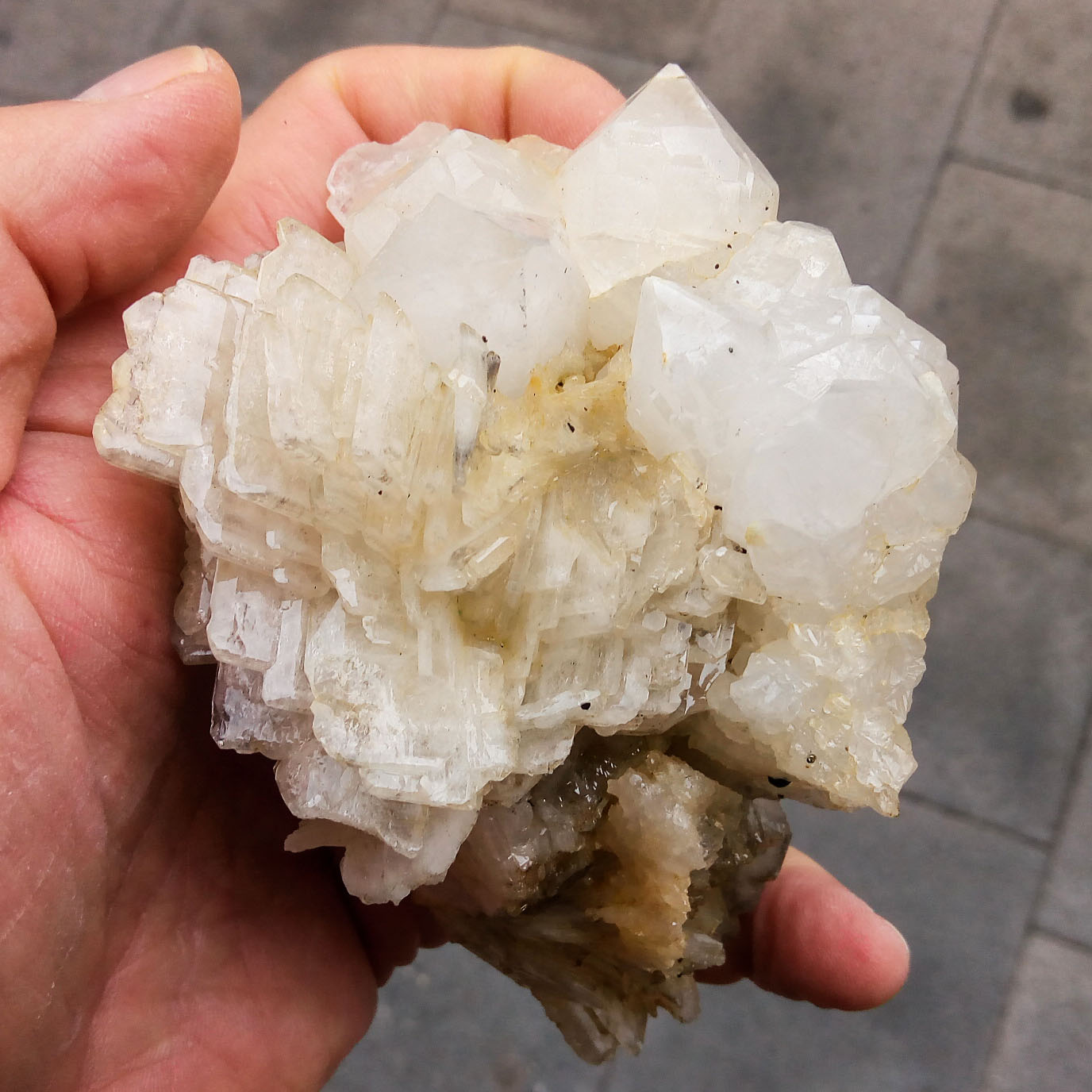 Barite
Barite
On the other hand, many hydrated sulphates are soluble in water, with the exception of plaster which, however, fears heat :
its transparent crystals, heated by the flame, become opaque due to loss of water.
It's worth noting that hydrated sulphates often constitute the final product of many metal mineral alteration processes.
Silicates
It's the richest class of minerals.
All insoluble in water , with regard to cleaning they do not require particular precautions , except for the topaz and feldspar , whose easy cleavage, requires that the use of the ultrasonic tray be avoided.
Conservation problems
There are many causes that lead a mineral to deteriorate: here are some tips to prevent this from happening:
Speaking of mineral cleaning we refer to the removal of foreign substances deposited or formed on the specimens during or after collection and entry into the collection.
Keep in mind that collectors often refer to that crystal highlighting operation as 'cleaning'.
Problems of maintenance
Although the word 'cleanliness' only brings to mind images of dust and dirt, it is not necessarily true that the only problem is maintenance of a collection consists in the trivial dusting .
The latter, then, is by no means so trivial, nor easy to implement, especially if you have to deal with fibrous minerals, mostly fragile and delicate, or specimens pockmarked by cavities and interstices.
In addition to dust, among the other enemies that undermine minerals we find humidity, oxygen, carbon dioxide, particles of unburnt hydrocarbons from city smog, light and the heat .
So these are the reasons why home argentina blackens, brass handles are covered with dark patinas, where nickel-plated objects turn an unsightly rotten green.
Minerals enemies
Each mineral represents a case in itself and, nevertheless, general indications valid for each single type of cleaning and for each class of minerals can be provided.
Dust
It's avoided or attenuated by enclosing the specimens in transparent boxes or in polythene bags.
To remove it you can use compressed air or brushes .
If the dust is mixed with dirt, the sample will be immersed (always if its chemical composition allows it) in a container stirred by a stream of water in and out.
If the mineral is not fragile, you can use the ultrasonic chamber with the special detergent.
Oxidation and hydration
Particularly sensitive minerals to these reactions (such as sulphides) must be kept in dry and dry environments , or in tightly closed boxes together with substances that absorb moisture.
It is often completely useless to cover certain minerals, for example pyrite and marcasite, which are easily altered with lacquers.
When the reaction has started, the piece is no longer recoverable.
Finally, to remove the reaction products (patinas, efflorescences, crusts), it is necessary to take into account the chemical composition of the specimen, so that the latter is not damaged.
Dehydration
Some hydrated minerals lose water or tend to become dust (laumontite for example), turning into another product.
Contrary to what was previously recommended, these specimens should be kept in a humid place or even immersed in water.
In some cases it is enough to cover them with lacquer immediately after having taken them from the deposit.
Light
Certain minerals darken in the light (for example, proustite and cinnabar ).
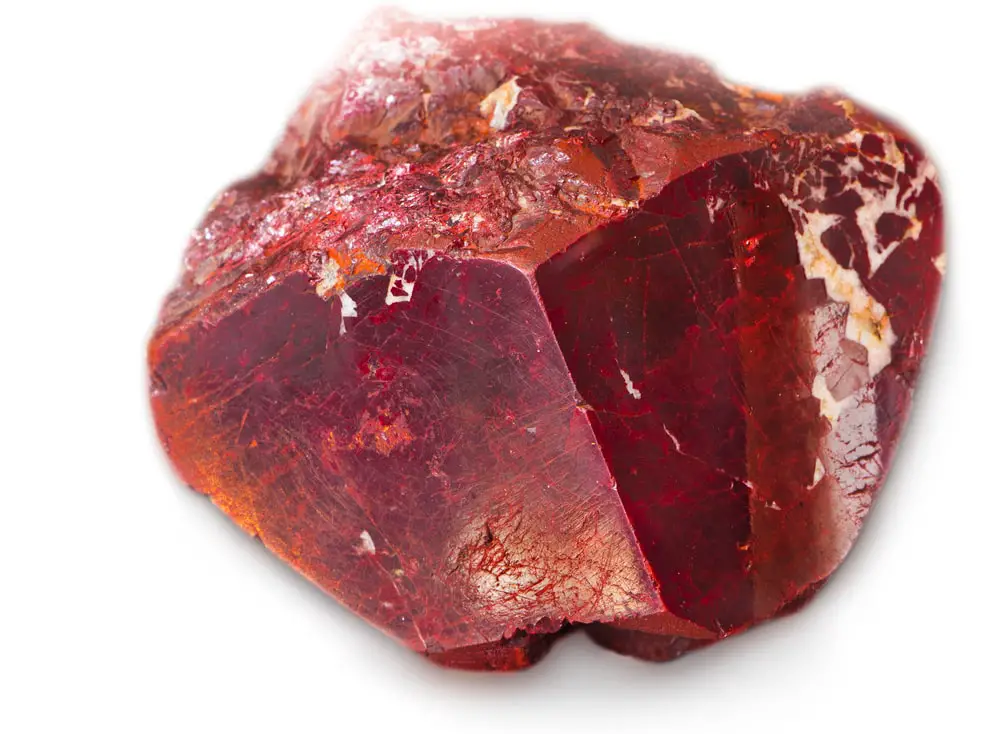 Cinnabar
Cinnabar
The orange-colored realgar turns into a yellow powder (orpiment).
In these cases, the only really effective remedy is to keep the samples in the dark.